I had received a call from my Lingle transmitter site that the transmitter was running at low power. I made a trip up to the site to check it out. Fortunately this site was an easy drive. I decided to take a new (to me) vehicle–a 2005 Dodge Durango. It was a very enjoyable drive.
My new “chariot”–My Ford F250 work truck is still my first choice but this will do the job when it isn’t available (or for shorter trips).
This is a very nicely constructed site…I can drive my truck right inside the gate up to the building.
Quite a bit of frost at the site! It didn’t seem to cause an issue with the lock.
I see we’ve had a visitor…Most likely a jackrabbit. There were also what looked like fox tracks at the site.
Good to know the site is staying nice and cool. I am quite pleased with the way the heating and cooling system at this site has worked out. It consists of a pair of redundant package units with heating, air conditioning and an economizer which uses outside air for cooling when the temperatures are low enough. This controller manages and monitors both units. So far it has been bulletproof.
The equipment rack–Plenty of room for future expansion. This site is not broadcasting HD at the moment. The additional equipment for HD would consume much of this rack. From top to bottom: modulation monitor, satellite receiver, audio processor, keyboard drawer, network switch and UPS.
Here’s the problem…The set point is 3.18 kW but the transmitter is only running at 2.44 kW…The question is why?
One of the amplifier modules is showing a fault…This would certainly explain a reduction in power…Let’s dig further.
The transmitter’s internal diagnostics reveal that one of the power supplies has failed. This has been a common problem with this particular series of transmitter and these power supplies specifically. The manufacturer has been quick to address these failures.
Sure enough, no sign of life on the power supply for power module 1 (confirming the entires in the log).
The faulty supply is removed and will be sent back to the manufacturer. In the mean time, how can I get the transmitter back to full power?
Fortunately this transmitter has redundant power supplies for fans and the IPA (intermediate power amplifier) section. I decided to use the redundant fan power supply. This will not cause an issue unless (obviously) the remaining fan power supply fails. 🙂
The alarm log changes to indicate that the module 1 power supply is no longer failed but the fan B power supply is not present and has low voltage (gee…I wonder why!)
The Module 1 power supply is back online by using the redundant fan power supply. We’re back at full power.
Just another day…
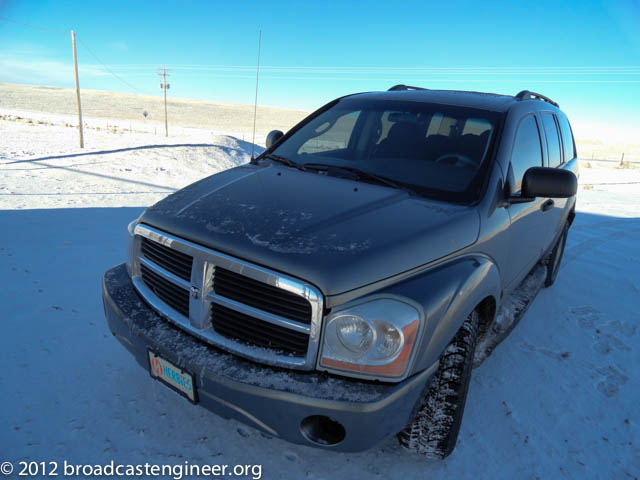
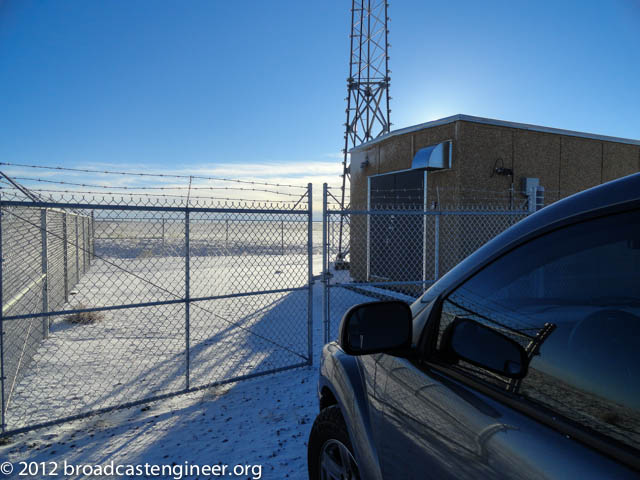
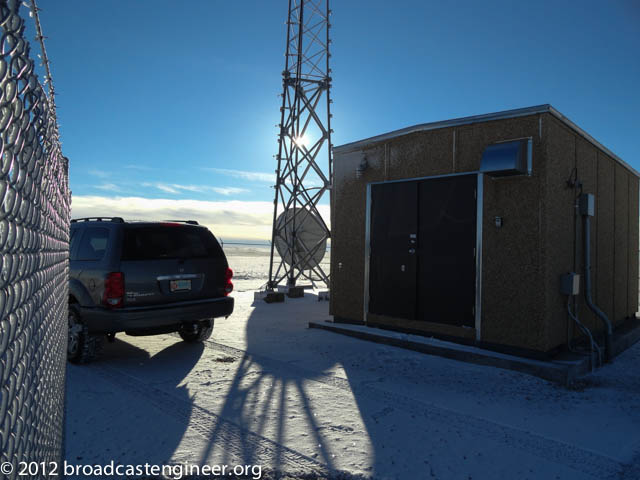

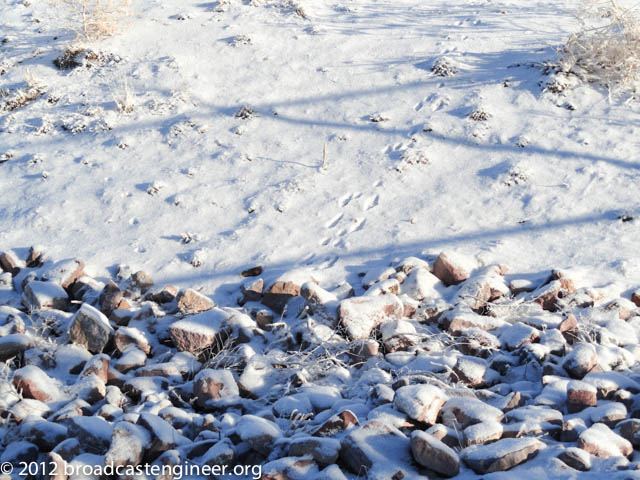

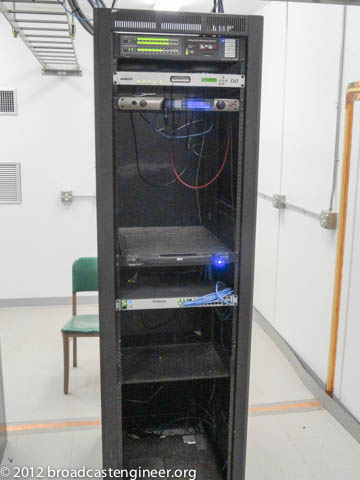
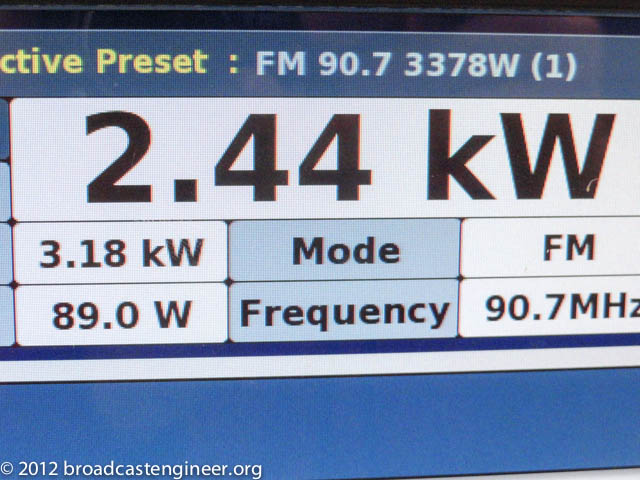
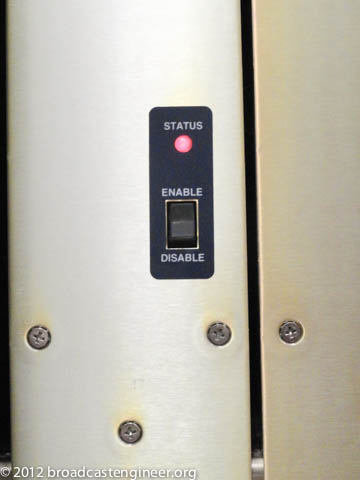
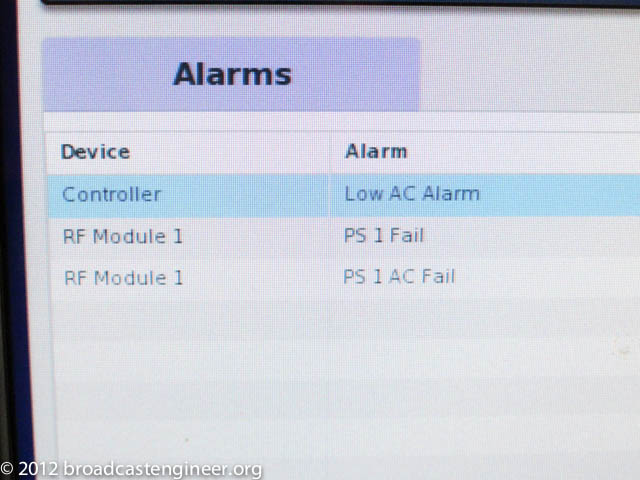
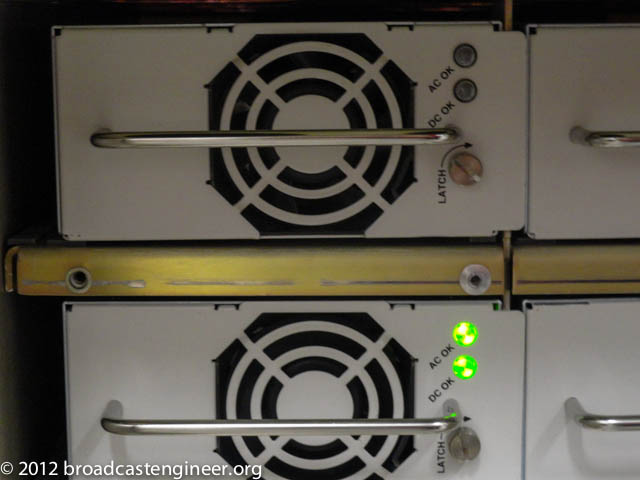

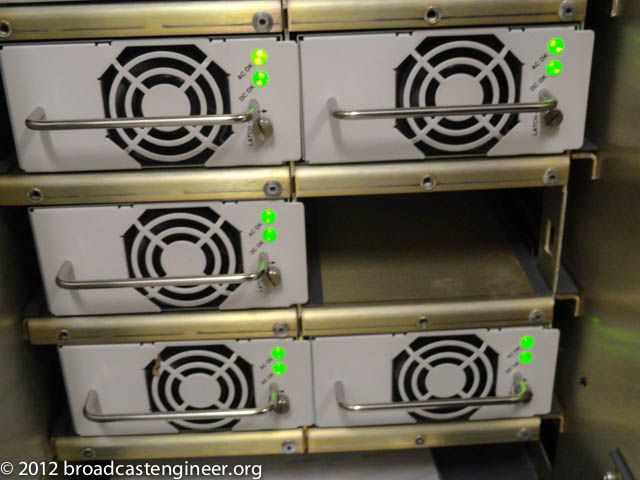



No user commented in " Lingle "
Follow-up comment rss or Leave a